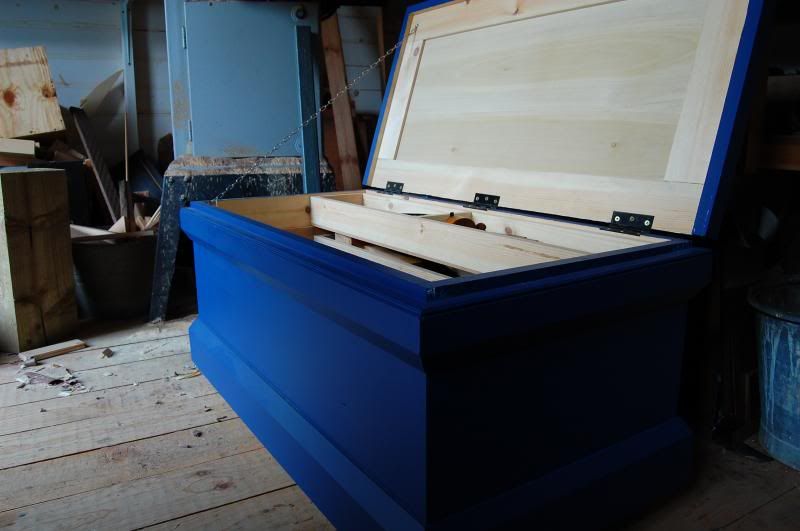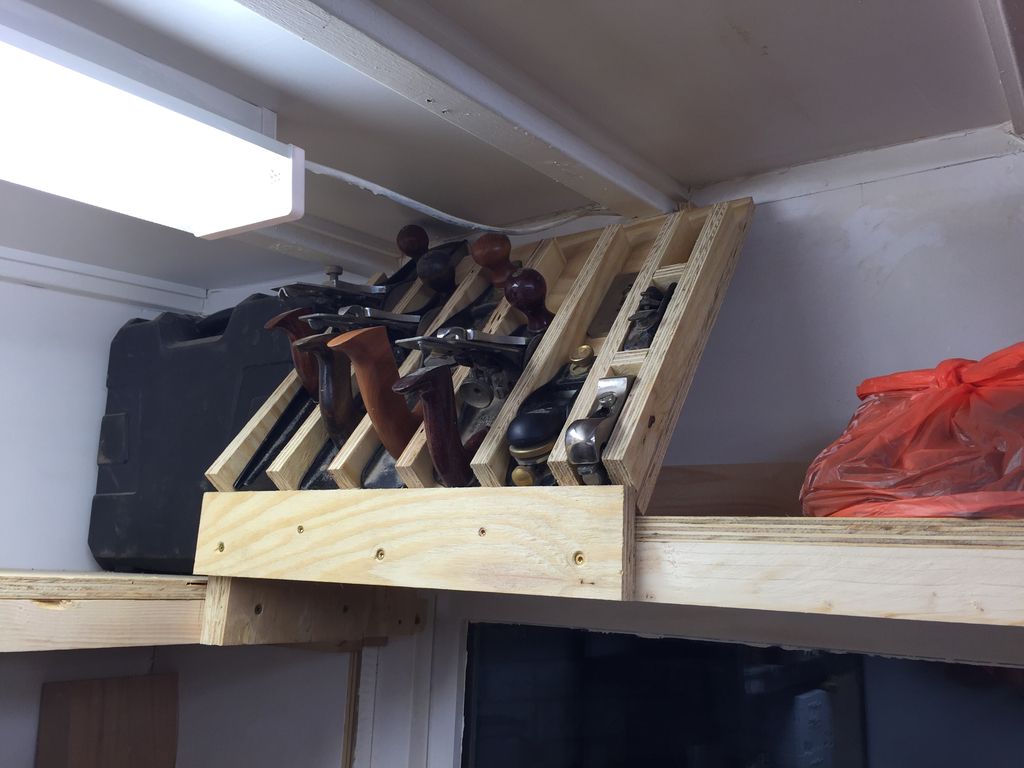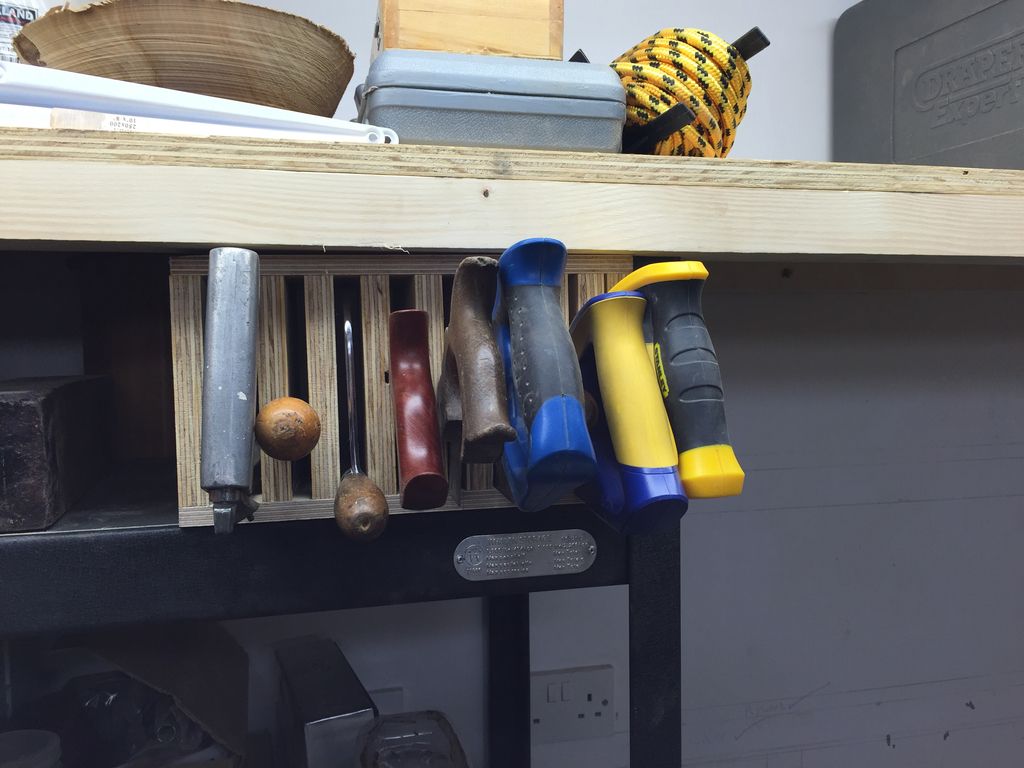shed9
establiSHED member
I'm about to construct something more permanent for my growing collection of hand tools. Specifically, I need something functional for my planes and chisels - perhaps a plane till with provision for other items.
I did think of a cupboard initially but figured this was likely to be left open most of the time so kind of pointless. Plenty of images on Google for this sort of thing but wanted to ask if there was something obvious and practical (or indeed impractical) I am missing in a simple open plane till.
Any advice (and pics) appreciated.
For reference, in my current work space most of my hand tools are on benches or on shelves. It kind of works but centralising them would be better. Also, I've invested quite heavily into these items and it's only a matter of time before I damage one in this scenario.
EDIT: I know there was a recent thread on storing planes however this seemed to concentrate on planes specifically in in regards to the placement of the sole and how that affects the blade. I have no reservations in how the plane is placed and I'm mostly interested in ideas of cabinets and racks, etc.
I did think of a cupboard initially but figured this was likely to be left open most of the time so kind of pointless. Plenty of images on Google for this sort of thing but wanted to ask if there was something obvious and practical (or indeed impractical) I am missing in a simple open plane till.
Any advice (and pics) appreciated.
For reference, in my current work space most of my hand tools are on benches or on shelves. It kind of works but centralising them would be better. Also, I've invested quite heavily into these items and it's only a matter of time before I damage one in this scenario.
EDIT: I know there was a recent thread on storing planes however this seemed to concentrate on planes specifically in in regards to the placement of the sole and how that affects the blade. I have no reservations in how the plane is placed and I'm mostly interested in ideas of cabinets and racks, etc.





































